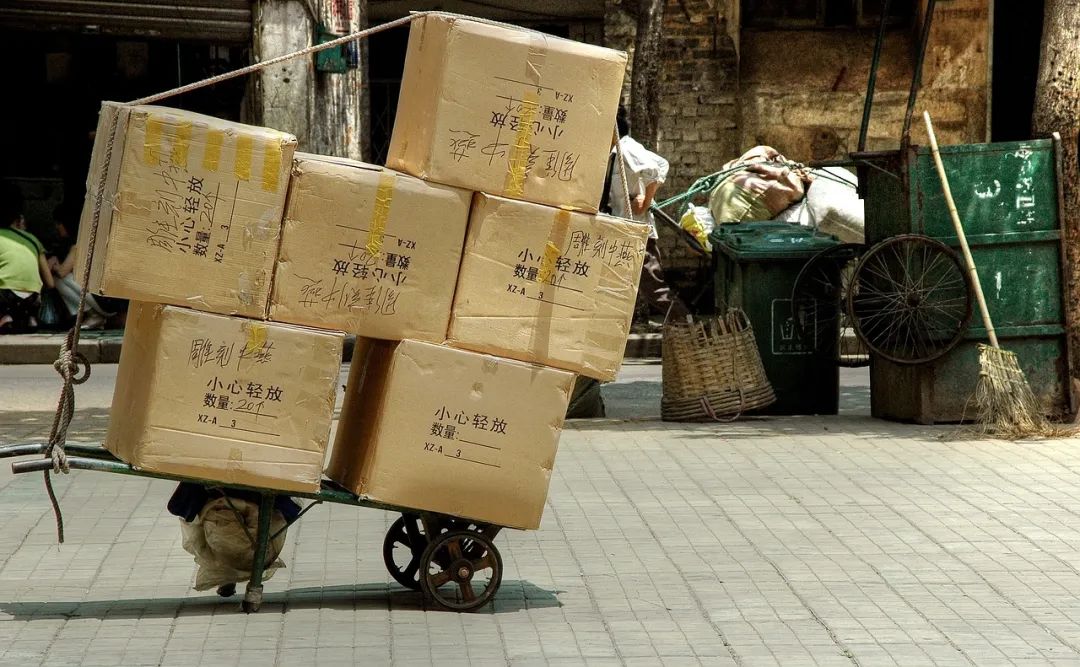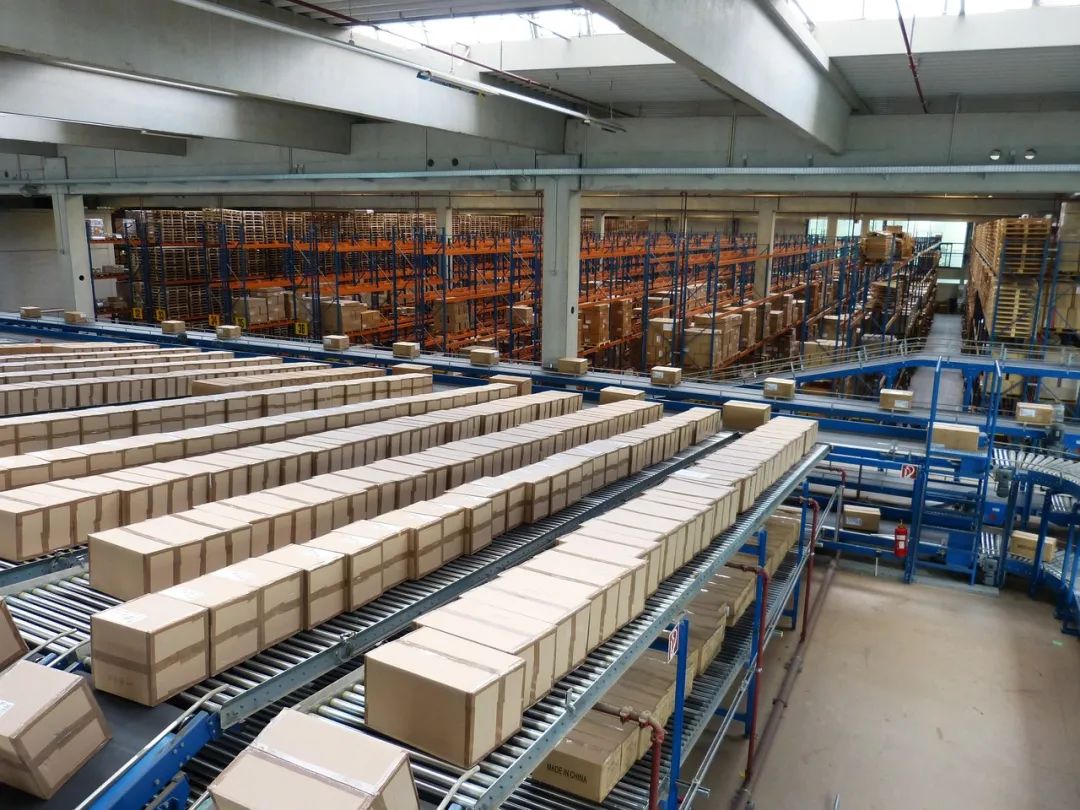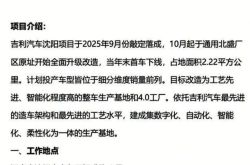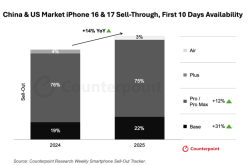Express Delivery Prices Rise Collectively: What Does the End of "8 Cents Nationwide" Signify?
![]() 08/19 2025
08/19 2025
![]() 566
566
In recent years, China's e-commerce industry has flourished, with the express delivery sector playing a pivotal role. However, a trend of collective price hikes in express delivery services has emerged. As low-cost express delivery becomes a relic of the past, what implications does this hold for the current market? How should we approach this development?

I. Is the Collective Price Rise in Express Delivery Becoming a Trend?
According to a Time Weekly report, notices such as, "Urgent Notice: In response to the 'anti-inward spiral' competition in the express delivery industry and to return to rational development, the company has decided to adjust each charging standard from the early hours of August 5, 2025. Please inquire and confirm before recharging, and all inventory will be calculated at the new price," have flooded the WeChat Moments of franchisees from various express delivery outlets in Guangdong.
Behind this wave of price rise notices lies the express delivery industry's transformation to combat the 'inward spiral' competition. Regions known as the "grain-producing areas" of express delivery (areas with significant business volumes focused on sending packages), such as Zhejiang's Yiwu and Guangdong, have already taken action. In July, Yiwu, a crucial hub for express delivery, led the charge in price hikes. The Yiwu Postal Administration convened a meeting, explicitly requiring that the minimum price per express delivery ticket be increased by 0.1 yuan to 1.2 yuan, opposing the 'inward spiral' competition.
Another Southern Metropolis Daily report stated that from August 4, the base price of express delivery in Guangdong has increased by 0.4 yuan per ticket across the board, and no company can accept packages at a cost below 1.4 yuan, or they will face penalties. Times Finance confirmed that multiple leading express delivery companies have reported a certain increase in express delivery service prices in Guangdong in August.
China News Weekly gathered information from express delivery outlets, e-commerce practitioners, and industry observers, revealing that this round of price hikes in Guangdong primarily affects special-priced e-commerce lightweight packages and low-priced packages for major clients, especially those weighing less than 0.3 kilograms. When contacted for verification regarding the authenticity of this adjustment and potential further price hikes at other levels, the aforementioned express delivery companies did not respond as of press time.
On July 30, the Fujian Provincial Express Delivery Industry Association pointed out in an open letter that in the first half of 2025, the province's express delivery business volume increased by 11.41% year-on-year, but the unit price decreased by 4.5% year-on-year. In some regions, extreme low prices of "8 cents nationwide" even emerged.

II. What Does the End of Low-Cost Express Delivery Signify?
Recently, the express delivery industry has seen a trend of collective price rises. How should we view this wave of price hikes?
Firstly, the price rise in express delivery is inevitable as the industry transitions from 'vicious inward spiral' to 'healthy competition.' Over the years, the price war in express delivery has intensified, plunging the entire industry into an excessive inward spiral. Driven by the rapid development of e-commerce, the express delivery business volume has exploded. To compete for this huge market share, express delivery companies resorted to price wars as their primary means of competition. From the initial few yuan per package to the extreme low prices of "8 cents nationwide" in some regions, the price per express delivery package has been continually suppressed. This excessively inward spiral competitive model has severely damaged the industry's overall health.
From a corporate perspective, excessively low-price competition has drastically compressed profit margins. Many express delivery companies have had to cut costs to maintain operations, which has adversely affected service quality. Issues such as violent sorting, express delays, lost or damaged packages have become frequent, significantly diminishing the consumer experience. Additionally, enterprises struggle with insufficient resources for R&D investment, equipment updates, personnel training, etc., which is detrimental to the industry's long-term development. Against the backdrop of the country's advocacy against inward spiral and promotion of high-quality economic development, price rises in the express delivery industry have become an inevitable trend.
For users, while lower prices seem attractive, they ultimately bear the brunt of low-quality services. In essence, they pay a significant sunk cost for these inferior services. Therefore, users have not fundamentally benefited. This is the long-term root cause of the current express delivery price rise and its promotion of better development.

Secondly, the difficulty of control under the franchise model makes price rises face structural resistance. While price rises in express delivery are not necessarily a bad thing, there are numerous challenges, particularly for Tongda Express, whose core model is franchising, and whose price adjustments encounter multiple issues. The franchisees, as the endpoints of Tongda Express, often face a large number of extremely price-sensitive customers. These customers, especially e-commerce customers, have significant business volumes and are highly sensitive to minor changes in express delivery prices. In the past low-price competitive environment, franchisees had to accept extremely low prices to retain these customers. Now, with the price rise, franchisees find themselves in a dilemma.
On one hand, strictly adhering to the headquarters' price rise requirements may lead to the loss of some customers, who might switch to express delivery service providers with lower prices. For instance, upon learning of the price rise in express delivery, some e-commerce merchants in Guangdong began searching for areas with lower prices to ship goods, transferring warehouses and express delivery business to regions like Lu'an, Anhui, where express delivery prices are relatively lower. On the other hand, if prices are not raised, franchisees struggle to bear their operating pressures. Long-term low-price competition has left many franchisees on the brink of loss, with personnel costs, transportation costs, etc., continuously rising, while express delivery prices have remained very low. Therefore, for express delivery companies primarily based on the franchise model, ensuring smooth implementation of price rises at the endpoints will be a significant challenge.
Particularly, the "grain-producing areas" that are the focus of this round of adjustments are actually core cluster regions for express delivery and e-commerce packages. Under such circumstances, if large e-commerce merchants or even platforms negotiate with express delivery companies, it is likely that terminal express delivery franchisees will compromise, making such price rises mere namesakes or even a tacit collusion between the two parties.

Thirdly, the cost is ultimately passed on to consumers, making it inevitable that they will bear the burden. For consumers, the most direct result of express delivery price rises is that the cost is eventually passed on to them. Recently, many consumers have noticed the gradual disappearance of previously common free return insurance. On some e-commerce platforms, return insurance is no longer automatically included during purchases, and consumers need to pay extra for it. Some platforms have also seen a decrease in free shipping.
Previously, when consumers shopped on e-commerce platforms, they could enjoy free shipping services as long as they met a certain amount. However, now, some merchants have started raising the threshold for free shipping or directly canceled it, instead charging a certain express delivery fee. This undoubtedly increases consumers' shopping costs. For some lower-priced goods, if express delivery fees are added, consumers may perceive a decrease in the cost-performance ratio, thereby affecting their purchase decisions. Moreover, the improvement of express delivery service quality does not happen overnight. In the initial stages of price increases, consumers may not noticeably feel an improvement in service quality, which will also lead to dissatisfaction regarding express delivery price rises.

Fourthly, while price rises are positive, balancing them will be crucial. From the perspective of the entire industrial ecology, the price rise in express delivery is not necessarily a bad thing and can even be considered a necessary prerequisite for promoting high-quality development of the industry. Long-term low-price competition has led to uneven service quality, with couriers facing high labor intensity and low income, and outlets struggling to survive. The entire industrial chain is in a fragile state of balance. Price rises help enterprises improve profitability, thereby having more resources to invest in innovation and upgrades in areas such as automated sorting, intelligent warehousing, green packaging, and last-mile delivery, ultimately enhancing the service efficiency and user experience of the entire industry.
However, price rises are only the first step. The bigger challenge lies in how to build a sustainable and balanced industrial ecology, achieving a reasonable distribution of interests among merchants, express delivery companies, and consumers. The farewell of the express delivery industry to the era of "8 cents nationwide" essentially signifies a shift from "incremental competition" to "stock optimization." Price rises themselves are not frightening; what is frightening is that after price rises, service quality does not improve, efficiency does not increase, and interests are not balanced.
In the future, express delivery companies need to leverage price rises as an opportunity to promote the industry's transition towards "high-quality growth" – reducing costs through technological innovation, enhancing value through service upgrades, and achieving win-win results through ecological co-construction. Only in this way can consumers, merchants, and the industry itself share the development dividends and avoid falling into a vicious cycle of "price rise - loss - further price rise."








